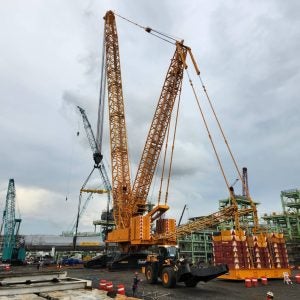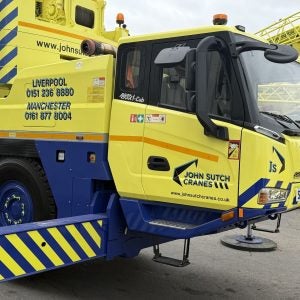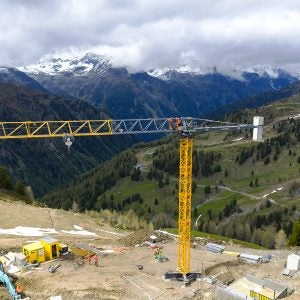The new AEM-OSHA alliance will target rough terrain forklifts, including telehandlers and straight-mast forklifts, with a focus on potential operating hazards including ground conditions, machine mobility, overloading and their use in lifting personnel.
Rough terrain forklifts were chosen because they are found on nearly all types of construction worksites. And, while there are OSHA training requirements for the machines, these are not always followed by machine owners and operators.
Materials developed as a result of the alliance will be made available in multiple languages, including Spanish.
AEM member representatives bring strong technical and industry expertise to the alliance. This expertise will be utilised as the alliance develops resources and explores delivery options.
Also, the alliance calls for wider dissemination of pictorials such as those in AEM’s online database of “industry-recognised” pictorial illustrations (http://pictorials.aem.org). This database is free of charge for voluntary use by members and others involved in the design of equipment safety signs, manuals and other training materials. The database is currently being updated to expand the number and type of pictorials offered.
“AEM and its member manufacturers are committed to fostering safe equipment operation and we have worked closely with OSHA for many years towards this end. This new alliance is just the latest example of our industry’s pro-active education and training efforts,” said AEM president Dennis Slater.
“This cooperative alliance clearly illustrates our commitment to reducing construction safety and health hazards, while promoting best practices and technical knowledge for the construction industry. We are committed to working together to develop and provide safety and health information to help employees and employers reduce workplace injuries, illnesses and fatalities,” said OSHA assistant secretary Edwin Foulke.
The alliance agreement will remain in effect for two years, and will be periodically evaluated over that time to assess results and progress. The alliance can be renewed and, depending upon the success of this initial alliance, may be expanded to include other types of equipment.






